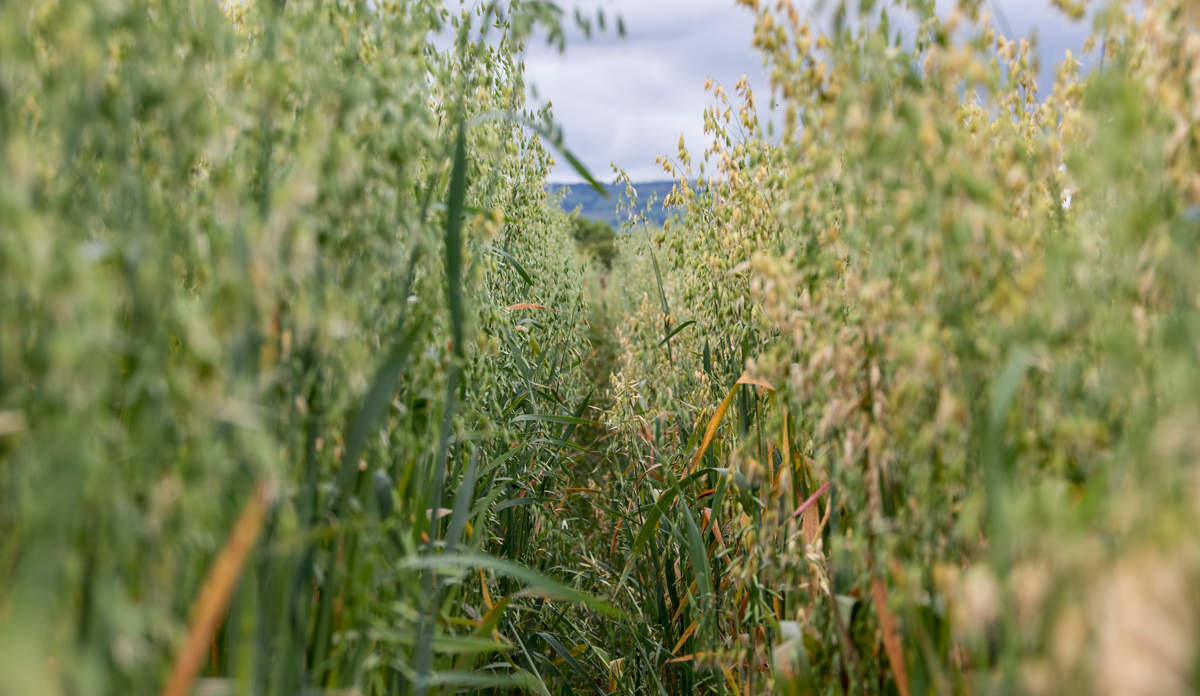The Teagasc National Farm Survey 2018 Sustainability Report, published yesterday, Tuesday, June 23, classified 62% of overall tillage farms as economically viable.
The data was based on 2018, which it should be noted was a year of high prices and low yields.
In that year, the average gross output on tillage farms was €1,852/ha, while the average gross margin was €904/ha.
When broken down into the top, middle and bottom thirds, the top farms were deemed to be 83% economically viable, while the middle and the bottom thirds were rated at 62% and 40% respectively.
The average tillage income per labour unit (for unpaid family labour) was €43,620. The top third of farms had an average income of €59,715 per labour unit. The middle and bottom thirds had incomes of €42,195 and €28,094 per labour unit respectively.
Environmental sustainability
The majority of greenhouse gas (GHG) emissions on tillage farms came from livestock. In fact, 70% of tillage farm emissions came from cattle, while 6% came from sheep.
2.3t of CO2 equivalents/ha of agricultural GHG emissions were produced on the average specialist tillage farm in 2018.
The average tillage farm emitted 0.57t of NH3 in 2018. 77% of these emissions came from cattle rearing and 22% of these emissions were mostly associated with chemical fertiliser application.
Nitrogen use efficiency
Nitrogen use efficiency (NUE) was estimated at 57% across all tillage farms. This figure was higher, at 63%, on the top-third of tillage farms. This figured dropped to 51-53% on the middle and bottom-third of tillage farms.
Phosphorus use efficiency was estimated at 73.3% across all tillage farms.
Social sustainability
According to Teagasc’s report, 18% of tillage farms are economically vulnerable. 16% of tillage farms were identified as being at risk of isolation (this refers to where the farmer lives alone).
The average tillage farmer worked 1,504 hours per year or 29 hours per week according to the survey. Contractors were used on many of the lower-performing farms.
Innovation indicators
51% of the top-performing farms were applying lime to their land. This is in comparison to 32% and 12% on the middle and bottom-third of farms.
The top-performing farms were twice as likely to forward sell their grain. However, numbers were still low at 9%. Approximately 3.5% of farmers were forward selling grain on the middle and bottom-third of farms.
The survey also reported that the middle third of farmers were most likely to grow a break crop.
